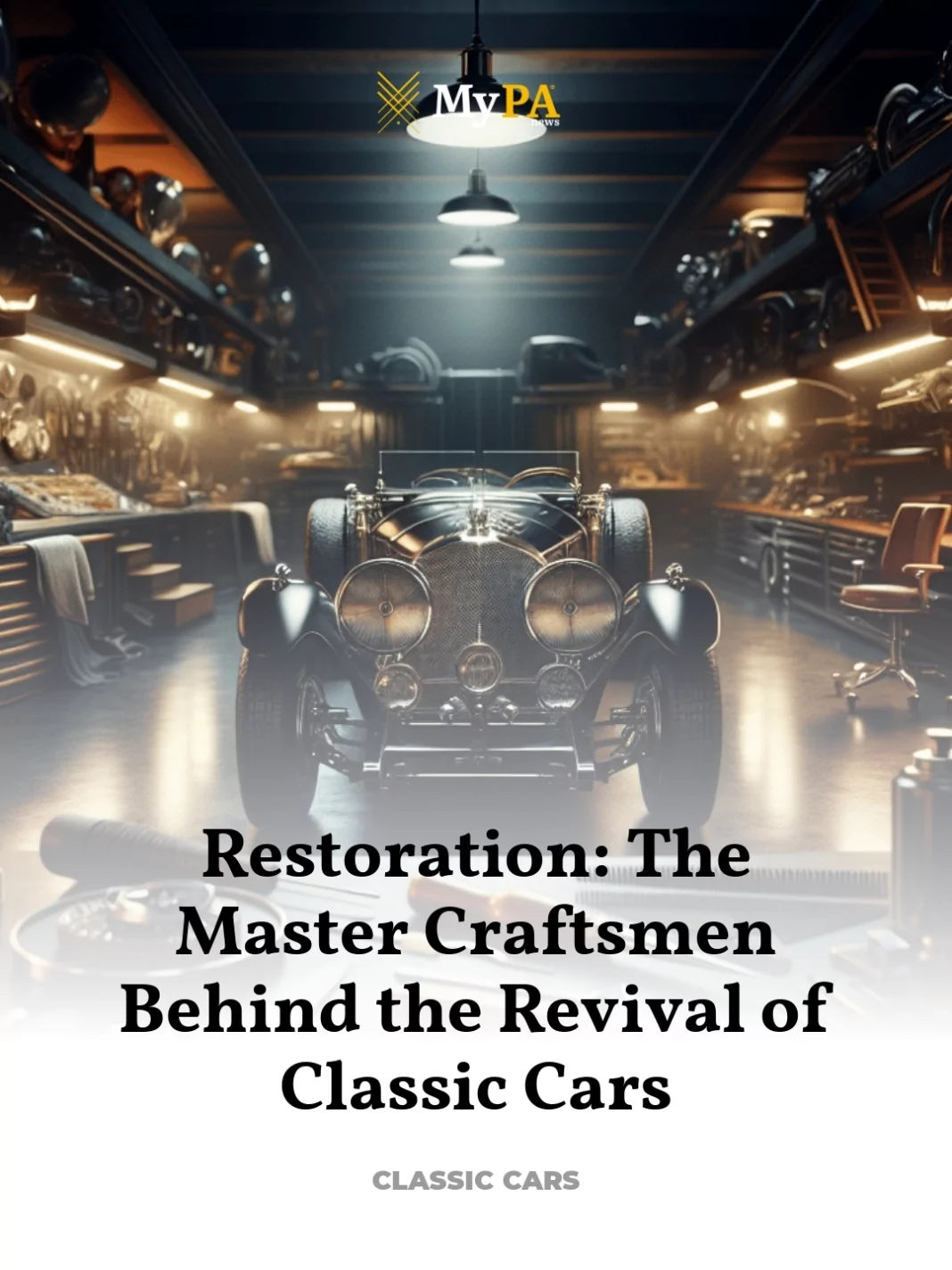Meet the artisans who bring automotive icons back to life with unparalleled skill
The art of restoring classic cars is a meticulous journey back in time, a delicate dance between modern technology and age-old craftsmanship. It is here, in the hands of skilled artisans, that automotive icons are brought back to life, their stories retold with every restored chassis and polished chrome detail.
- The Art of Restoration: A Blend of Tradition and Innovation
- Profiles in Craftsmanship: The Artisans Reviving Automotive History
- Techniques and Tools: The Secrets Behind the Craft
- Cultural Impact: How Restored Classics Influence Modern Design
- The Future of Classic Car Restoration
The Art of Restoration: A Blend of Tradition and Innovation
At the intersection of history and modernity, classic car restoration is both an art and a science. It requires a deep understanding of historical accuracy combined with the use of contemporary techniques and materials. This delicate balance ensures that each vehicle not only returns to its former glory but does so in a way that respects its original era, down to the smallest detail.
Historical Accuracy vs. Modern Techniques
Restorers face the challenge of maintaining the car’s historical integrity while incorporating modern advancements that enhance durability and performance. This might include using laser scanning technology to recreate parts that are no longer available or applying advanced paint techniques that offer a finish indistinguishable from the original.
Profiles in Craftsmanship: The Artisans Reviving Automotive History
Behind every restored classic car is a team of artisans whose expertise spans several fields. From metalworkers and painters to upholsterers and mechanical engineers, these craftsmen combine their skills to achieve a common goal: bringing a piece of automotive history back to life.
Case Study: The Restoration of a 1955 Mercedes-Benz 300SL Gullwing
Consider the restoration of the iconic 1955 Mercedes-Benz 300SL Gullwing, a task undertaken by a specialized restoration firm in Stuttgart, Germany. The project took over two years and involved reviving the car’s unique direct fuel injection system—a novelty at the time of its original manufacture.
Techniques and Tools: The Secrets Behind the Craft
The tools and techniques used in car restoration have evolved significantly, yet the essence of the craft remains rooted in traditional skills. Metal shaping, for instance, is still largely done by hand, using tools like the English wheel to create smooth, flowing curves.
Innovative Materials in Restoration
Modern restorers have access to a range of new materials that offer improved performance without compromising the car’s aesthetic. For example, advanced polymers for window seals or UV-resistant clear coats that protect the paint from fading.
Cultural Impact: How Restored Classics Influence Modern Design
The influence of restored classic cars extends beyond collectors and enthusiasts; it permeates modern automotive design and culture. Many contemporary car designs pay homage to historical models, blending classic aesthetics with modern performance.
Restored Classics in Media and Public Events
Restored classic cars often feature in films, television shows, and public events, serving as tangible links to the past and inspiring a new generation of designers and engineers.
The Future of Classic Car Restoration
As technology advances, so too does the field of car restoration. The future may see increased use of 3D printing for parts manufacturing, augmented reality for precision restoration, or even artificial intelligence to predict potential failures before they occur.
Sustainability in Restoration
The restoration industry is also moving towards more sustainable practices, such as using environmentally friendly materials and methods that reduce waste and energy consumption.
The revival of classic cars is not just about preserving the past; it’s about enriching our cultural heritage and inspiring future innovations. Through the meticulous work of master craftsmen, these automotive icons continue to captivate and charm, bridging the gap between yesterday and today.
For further reading on the techniques and cultural impact of classic car restoration, explore authoritative sources such as the Hemmings Classic Car Restoration Guide.



